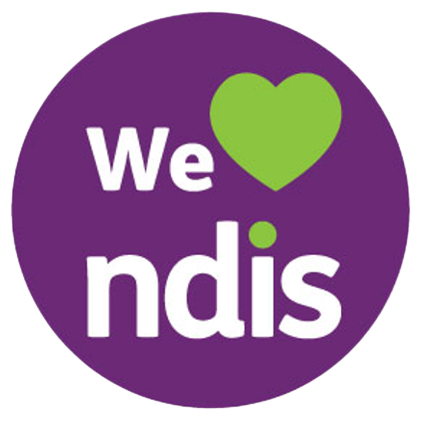HOME CARERS and DYSPHAGIA MANAGEMENT - THINGS YOU SHOULD KNOW ABOUT SWALLOWING
DIFFICULTIES (Dysphagia)
Like breathing, swallowing is a reflex and is essential to
everyday life. Humans swallow between 500 to 900 times a
day: around three times an hour during sleep, once per minute
while awake and even more often during meals. We swallow
food, liquids, medicine and saliva.
With each swallow we hold our breath for around one
second, to make sure the food or drink travels down the
correct tube to the stomach rather than the lungs.
Swallowing uses 26 muscles and many nerves to coordinate the split-
second timing needed to safely swallow. Mistimed
movements can lead to food or drink ‘going down the wrong way’’.
PREVALENCE
Swallowing Difficulties (Dysphagia) affect up to 1 in 25 adults.
As we age or if we have disability, the swallowing reflex can
be affected, due to a number of conditions such as illness,
difficulties present at birth, damage to the brain or structures of the head and neck.
According to Speech Pathology Australia, 50 percent of
stroke survivors and 84 percent of people with dementia
experience Dysphagia. Sixty-nine per cent of people with
Parkinson’s disease will have swallowing difficulties, as will
25 per cent of those with Multiple Sclerosis.
Chewing and swallowing problems affect 30-50 percent of residents in
aged-care facilities and those with a disability, with choking
being one of the highest causes of preventable death.
IMPACT
The impact of having a swallowing problem is far reaching, not
only for the person themselves but for their family and friends.
Eating and drinking is an important part of everyday life; it’s
not only essential for life, but should be an enjoyable pastime
with many social activities happening around mealtimes.
Yet, for an average of around eight percent of the population,
this simple act of eating and drinking can be uncomfortable,
stressful, isolating and frustrating. Swallowing problems can
result in life threatening medical problems such as
pneumonia, choking, poor nutrition and dehydration if left
unmanaged. Sometimes this problem is so severe that regular
food and drink can become a life-threatening choking risk.
While Australians are alert to the choking risks for small
children, few know the danger of choking on food is 7 times
greater for people aged over 65 years and those with specific
disabilities, than those aged 1-4 years.
DYSPHAGIA CARE PLAN
If the person suffering from a swallowing problem has been
advised that they can’t have some types or consistencies of
food and drink, this can make eating and drinking in front of
friends and family difficult and embarrassing. These problems
can lead to anxiety, depression, social isolation as well as the
health concerns mentioned above.
A Dysphagia care plan supports both the carer and sufferer to enable safe eating and drinking.
The good news is that education about Dysphagia and its
management empowers carers and family members to
understand ways of eating and drinking that can reduce or
remove these problems.
IDDSI
The wonderful work of the International Dysphagia Diet
Standardisation Initiative (IDDSI) outlines the various levels of
food and liquid modifications recommended for those with
Dysphagia.
Our online Safe Swallowing and Mealtime Management Course explains these dietary guidelines and how to best manage a swallowing difficulty.
https://www.safeswallowing.com.au/Take the Course






